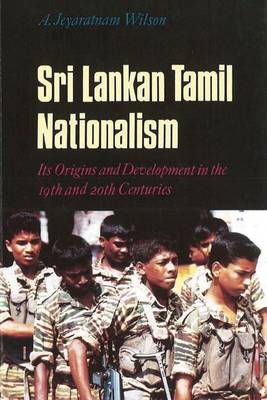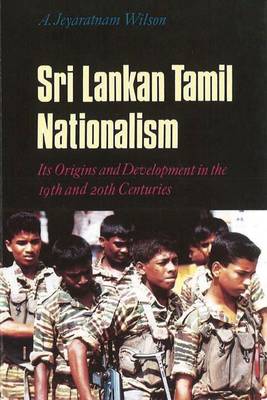
- Afhalen na 1 uur in een winkel met voorraad
- Gratis thuislevering in België vanaf € 30
- Ruim aanbod met 7 miljoen producten
- Afhalen na 1 uur in een winkel met voorraad
- Gratis thuislevering in België vanaf € 30
- Ruim aanbod met 7 miljoen producten
Zoeken
Omschrijving
The militarisation of the Sinhala-Tamil conflict in Sri Lanka began in the 1970s when attempts to reconcile by peaceful means the Tamils' claim for basic individual and collective rights with the Sinhalese need to allay their chronic sense of insecurity finally failed. Since then the struggle has intensified, erupting successively in the burning of the Jaffna Public Library in 1981, the anti-Tamil pogrom in 1983, and the army's assault on Jaffna in 1995. The mainly Hindu Sri Lankan Tamils have always been separated by language, religion, and history from the Buddhist Sinhalese although the minority community in the island vastly outnumbers the Sinhalese when the 40 million Tamils in South India are taken into account. The author's analysis is informed by first-hand knowledge and personal contact with many of the actors involved.
Specificaties
Betrokkenen
- Auteur(s):
- Uitgeverij:
Inhoud
- Aantal bladzijden:
- 218
- Taal:
- Engels
Eigenschappen
- Productcode (EAN):
- 9780774807609
- Verschijningsdatum:
- 1/05/2000
- Uitvoering:
- Paperback
- Formaat:
- Trade paperback (VS)
- Afmetingen:
- 135 mm x 215 mm
- Gewicht:
- 285 g

Alleen bij Standaard Boekhandel
+ 124 punten op je klantenkaart van Standaard Boekhandel
Beoordelingen
We publiceren alleen reviews die voldoen aan de voorwaarden voor reviews. Bekijk onze voorwaarden voor reviews.











